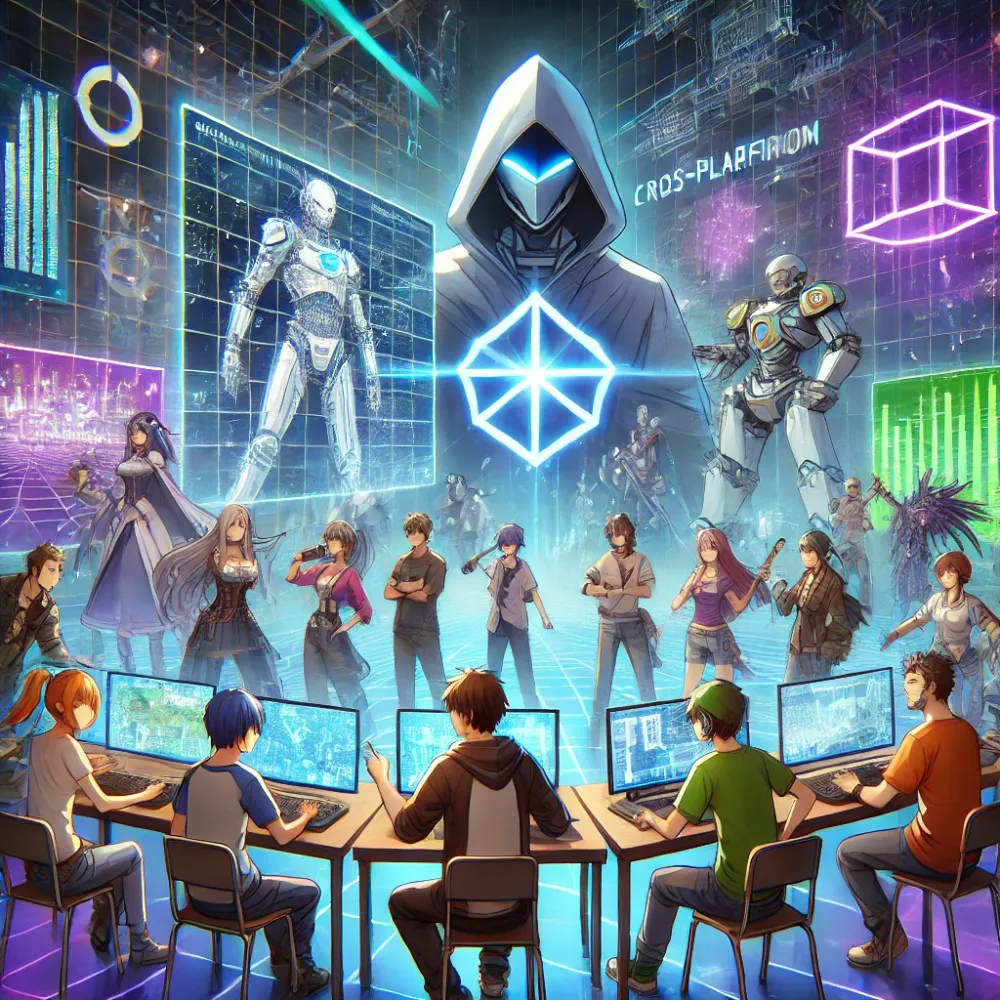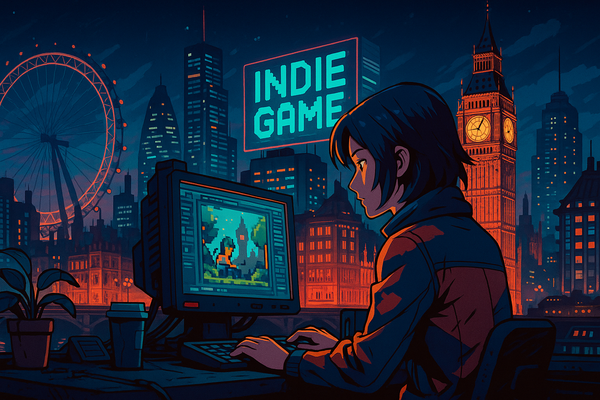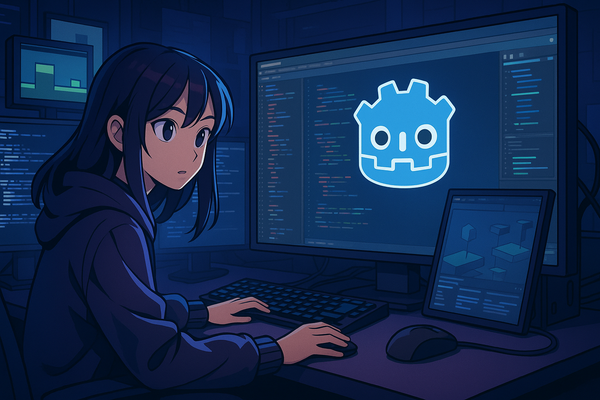How tech innovation is shaping the next era of indie game development
The landscape of indie game development is rapidly evolving, driven by cutting-edge technologies that empower smaller studios to compete with industry giants. From AI to cross-platform development, and the emerging metaverse, tech innovation is reshaping how games are created, played, and experienced. This article explores the key technological trends and innovations that are shaping the future of indie game development, offering developers new tools and opportunities to push creative boundaries.
1. AI-Driven game development
Artificial intelligence has become an essential tool in modern game design, enhancing everything from procedural content generation to player interaction. AI allows indie developers to create complex game environments, dynamic NPC behaviors, and personalized gameplay experiences. For example, tools like NVIDIA’s ACE and Inworld's digital humans have made it easier to design NPCs that respond to player actions in real time, offering a more lifelike and engaging experience (Inworld, Geek Pedia).
Additionally, AI is streamlining game development processes, enabling small teams to generate high-quality assets, levels, and even entire worlds quickly. This not only reduces production time but also lowers costs, making ambitious projects more accessible to indie creators (ctech).
Related reading: Learn more about dynamic NPCs in "AI-Powered NPCs: Creating More Realistic Characters for Indie Games".
2. The rise of Cross-Platform development
Cross-platform compatibility is no longer a luxury but an expectation. Players want the freedom to enjoy games seamlessly across devices—whether on PC, consoles, or mobile. For indie developers, cross-platform tools have become invaluable, allowing them to reach a wider audience without needing to rebuild their game for each platform. Engines like Unity and Unreal have made it easier to write code once and deploy it across multiple systems, significantly reducing development time.
Indie titles that embrace cross-platform play can tap into broader market segments, making it easier to build a community of players. This is crucial for long-term success, especially for games that rely on multiplayer elements or frequent updates.
Related reading: Explore strategies for reaching wider audiences in "Niche Markets: How to Define and Reach Your Indie Game’s Ideal Audience".
3. Extended reality (XR): VR and AR in indie games
Virtual Reality (VR) and Augmented Reality (AR) have moved beyond experimental demos to become integral parts of the gaming ecosystem. With advancements in hardware, indie developers now have affordable options to create immersive XR experiences. Games like Beat Saber and Superhot VR have shown how indie titles can dominate the VR market by offering unique, engaging gameplay that leverages the strengths of these technologies (Ludo.ai).
The accessibility of platforms like Meta Quest has opened up new possibilities for indie studios to explore XR, enabling them to create more interactive and immersive gaming experiences without requiring extensive budgets.
4. Generative AI and procedural content
Generative AI is taking procedural content to the next level, allowing for the automatic generation of complex, detailed game elements like landscapes, levels, and even character models. Indie developers can use tools like generative adversarial networks (GANs) to quickly create diverse environments, saving time and resources while maintaining high quality. This is particularly beneficial for games with large, open worlds that need to feel varied and alive (Perforce).
The future of procedural generation lies in its ability to adapt dynamically, learning from player actions to modify the game world in real-time. This leads to more personalized and replayable experiences, where each playthrough can feel fresh and unpredictable.
Related Reading: Check out "The Future of Procedural Generation: Using AI to Create Infinite Game Worlds" for more insights.
5. The metaverse and social gaming
The concept of the metaverse is revolutionizing the way players interact, not just within games but across entire digital ecosystems. By creating shared virtual spaces where users can socialize, compete, and even trade, the metaverse offers indie developers a chance to build expansive online communities. Games like Roblox and Fortnite have pioneered this space, demonstrating how social connectivity can enhance gameplay.
For indie developers, embracing the metaverse means more than just building multiplayer games; it’s about creating platforms where players can gather, share, and shape the game world together. This fosters a deeper sense of community and engagement, which can drive long-term success.
6. Cloud-Based development and collaboration tools
With the shift toward remote work, cloud-based tools have become essential for game development. Platforms that facilitate version control, asset management, and collaborative design allow indie teams to work efficiently from anywhere in the world. Services like Helix Core and GitHub Copilot are helping streamline development pipelines, enabling faster iteration and problem-solving.
These tools have democratized game development, making it easier for small studios to collaborate effectively and produce high-quality games, regardless of location.
Technology continues to break down barriers, giving indie developers new ways to express their creativity and reach audiences. From AI and cross-platform play to XR and the metaverse, these innovations are shaping the future of indie game development. By staying informed and adaptable, developers can leverage these trends to create engaging, innovative games that resonate with players around the world.




